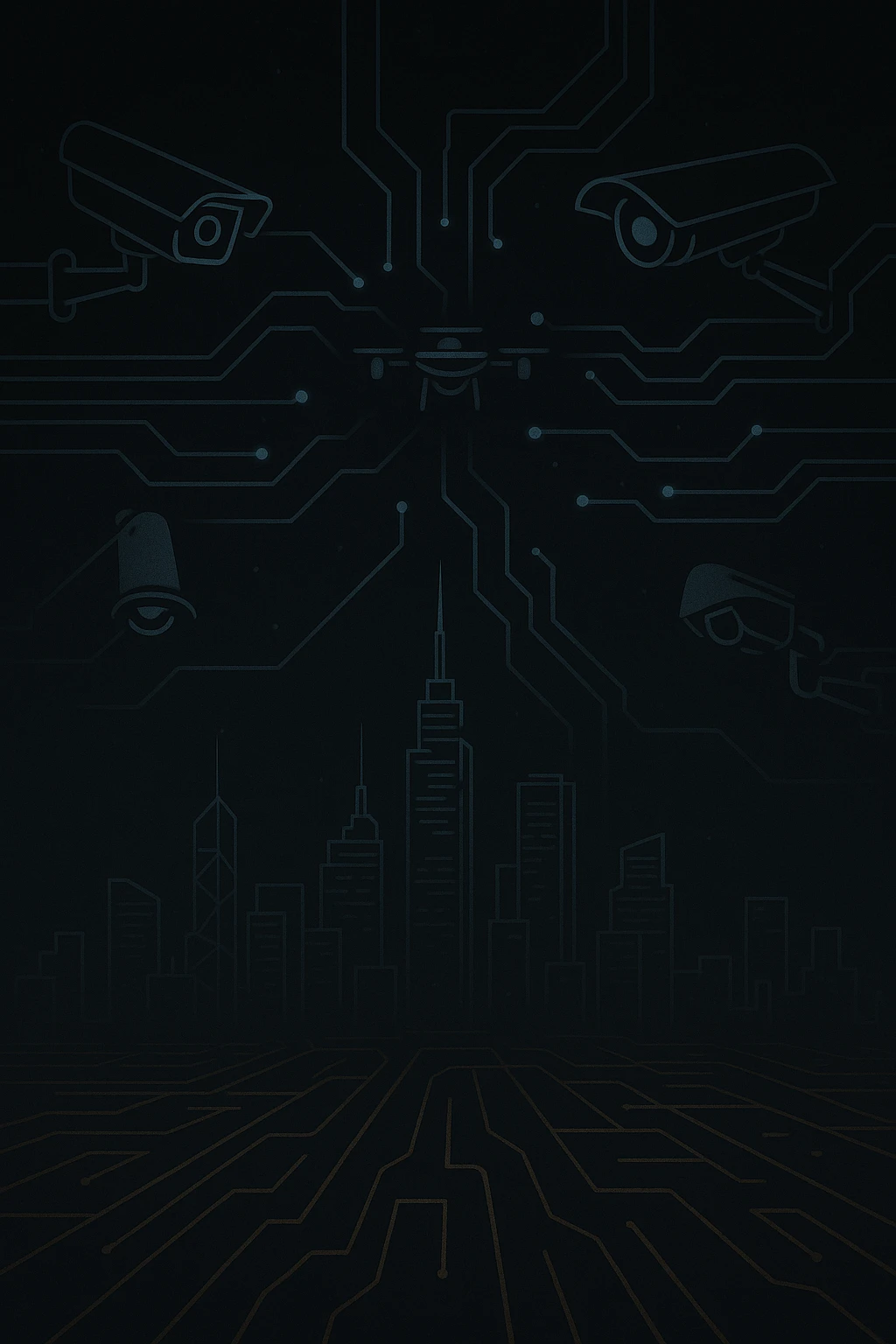
Public Safety & Surveillance
Keeping cities safe is a core responsibility of local governments. Artificial intelligence is increasingly deployed to monitor public spaces and respond to emergencies. Computer vision algorithms classify objects and behaviours from CCTV footage, regression models predict crowd densities and clustering techniques group anomalies such as abandoned packages or erratic driving. Drones and ground sensors stream data to command centres where AI filters information and highlights incidents requiring human attention.
Audio analytics detect gunshots, glass breaking or distress calls, triggering rapid dispatch of police or medical services. Predictive models forecast crime hotspots by analysing historical reports, weather patterns and social events. Integrated dashboards fuse feeds from traffic cameras, social media and emergency services to coordinate responses. AI can also support disaster management by tracking floods, fires or earthquakes in real time and directing evacuations along safe routes.
Real deployments illustrate both promise and peril. In Shenzhen, smart street lamps incorporate cameras and sensors to monitor traffic violations and issue alerts to drivers. In Chicago, predictive policing systems have been trialled to allocate patrols based on crime forecasts. In Singapore’s Changi Airport, autonomous patrol robots deter security breaches with cameras and sensors. These systems improve situational awareness and enable faster intervention compared to manual monitoring alone.
Yet surveillance raises profound ethical questions. Biased training data can lead to disproportionate targeting of minority communities. Facial recognition may misidentify individuals, leading to wrongful stops. Constant monitoring infringes on privacy and can chill free expression. To ensure public safety technology remains accountable, cities should establish clear mandates, independent oversight and robust data protection. AI should assist human officers—not replace them—and its deployment must be debated openly to preserve civil liberties.